Hostas are popular for their appealing foliage, which comes in different shapes, colors, and sizes. Leaves range from broad to narrow, and hues from light green to variegated patterns. In addition to their foliage, Hostas produce beautiful flowers in various shades that add an extra touch of charm to your shade garden. As a Hosta gardener, it’s important to appreciate and understand the various appearances of your plants to keep them healthy and thriving.
No products found.
Understanding the Appearance of Hostas
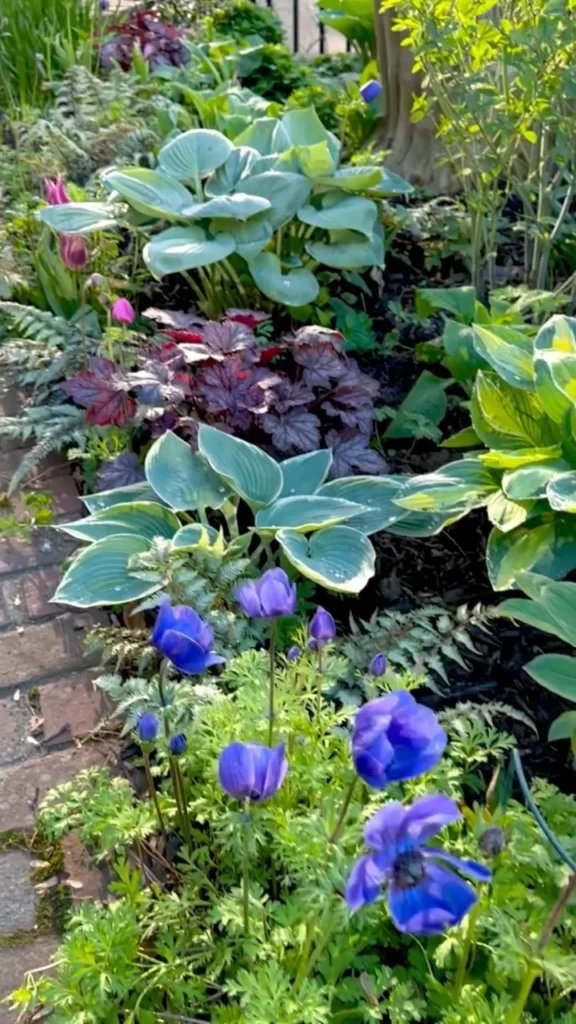
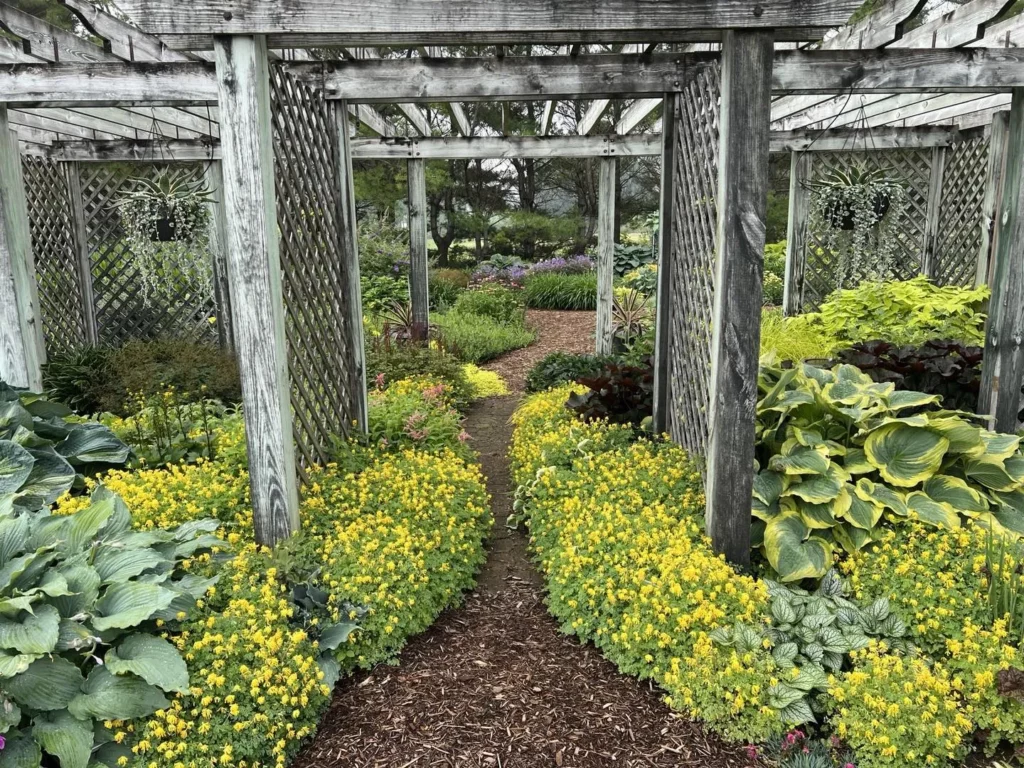

- Hosta Foliage: The leaves of Hostas come in different shapes, including heart-shaped, lance-shaped, round, and oval. Some leaves are smooth, while others have a textured appearance. Hosta foliage also varies in texture, with glossy leaves having a shiny, smooth texture, and matte leaves having a dull, rough texture. Furthermore, the color of Hosta foliage ranges from light to dark green, blue-green, grey-green, yellow-green, and variegated patterns.
- Hosta Flowers: Hosta flowers are generally borne on long stems, ranging from white to pink, purple, and lavender. The flowers grow in clusters and produce a sweet fragrance. While the flowers don’t last long, they add an extra element of charm to the plant. In some varieties, Hosta flowers are considered the main attraction.
No products found.
Meeting the Light Requirements of Hostas

Hostas are primarily shade-loving plants that thrive in areas with limited sun exposure. While they prefer dappled or partial shade, certain varieties can tolerate more sunlight. Understanding the different types of shade is crucial in determining the optimal location to plant your Hostas.
No products found.
Full shade refers to an area that receives no direct sunlight. Partial shade, on the other hand, is a location that gets a few hours of filtered or indirect sunlight each day. Dappled shade is a combination of both full and partial shade, where the area receives direct sunlight but is filtered by trees or other foliage.
You can choose to plant Hostas under trees or tall shrubs that provide dappled shade. Alternatively, you can create shade using pergolas, structures with overlapping slats, or shade cloths. Whatever method you choose, ensure that your Hostas are not exposed to direct sunlight, which can damage their leaves and inhibit healthy growth.
Proper Watering Techniques for Hostas
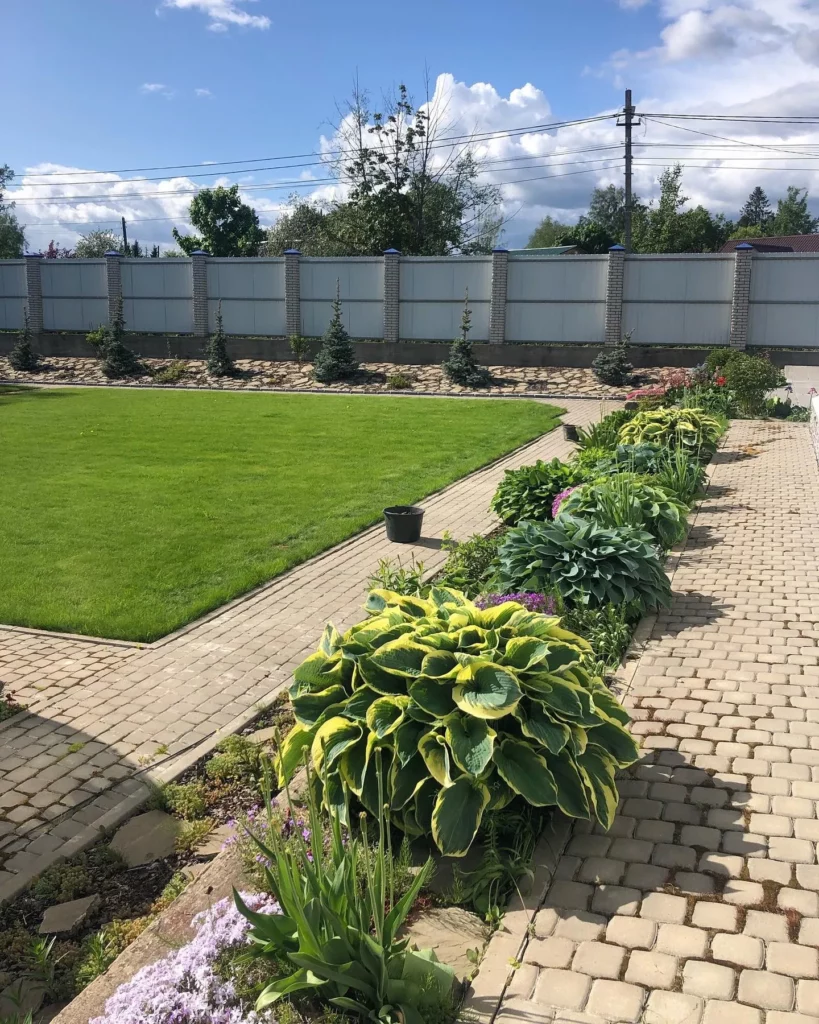
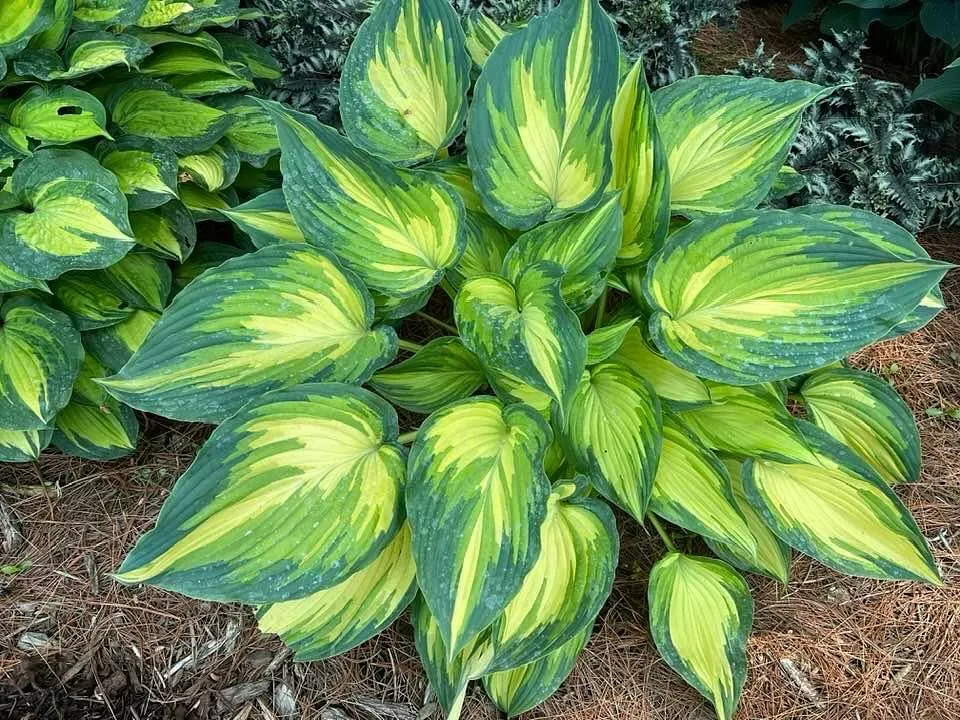
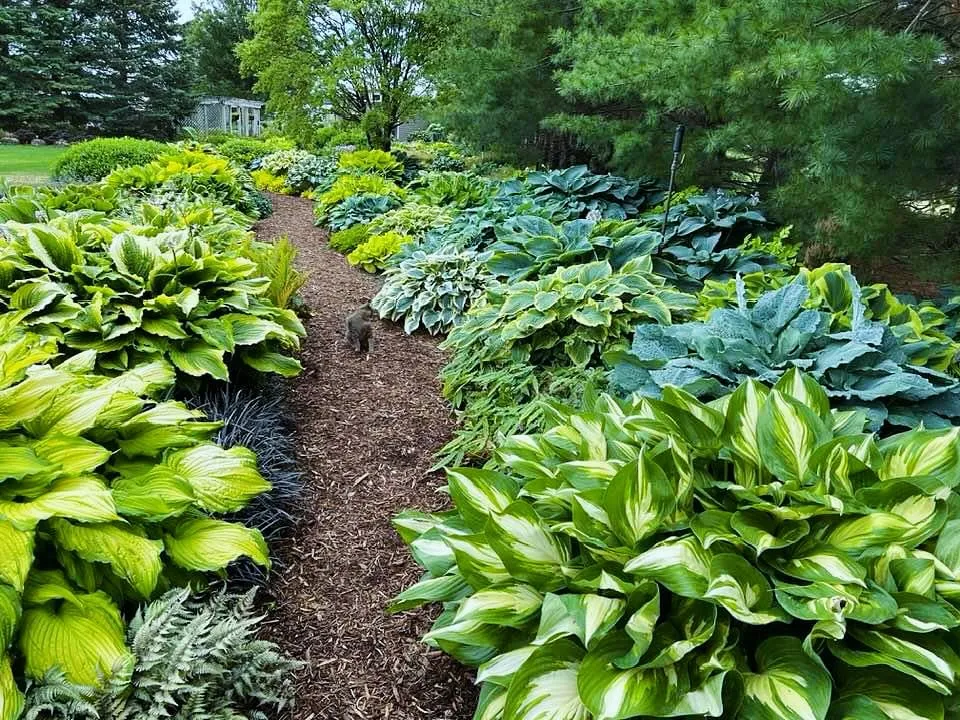
Hostas require consistent moisture to grow to their full potential. Here are some essential tips to keep your plants healthy and lush:
No products found.
- Determine the watering schedule: It’s important to provide your Hostas with the right amount of water. Check the soil moisture by inserting your finger into the soil about one inch deep. If it feels dry, it’s time to water. Depending on the weather, you may need to water every two to three days.
- Choose the right watering techniques: Hostas prefer deep watering, which allows the roots to absorb water to a depth of at least 6 inches. Avoid overhead watering, which can lead to fungal diseases and damage the foliage.
- Maintain soil moisture: One of the best ways to achieve consistent soil moisture is by applying a layer of organic mulch around the Hosta plant. This helps to retain moisture and regulate soil temperature.
Fertilizing Hostas for Vibrant Growth
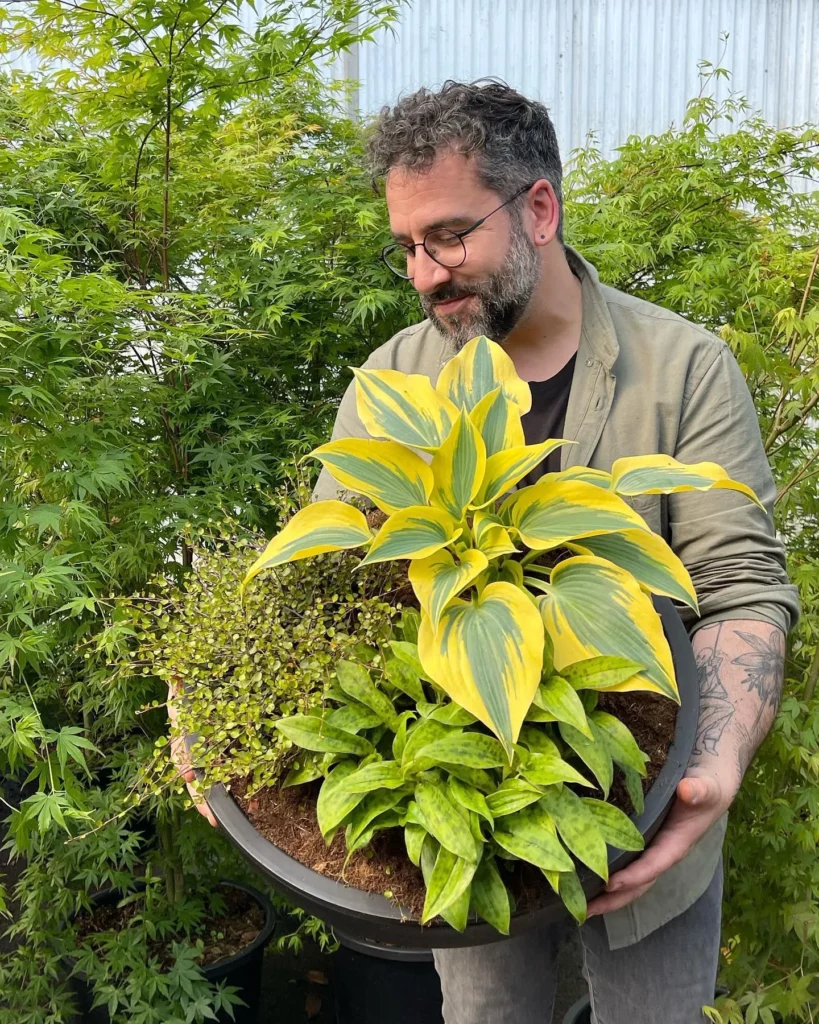
Regular fertilization is crucial to keep your Hostas healthy and vibrant. Organic fertilizers are an ideal choice as they provide balanced nutrients that nourish the soil and promote robust foliage growth. While you can use chemical fertilizers, they are less efficient and can harm beneficial soil microbes needed for plant growth.
No products found.
It’s essential to choose the right fertilizers for your Hostas and apply them at the right time. You can use either granular or liquid fertilizers, depending on your preference. Granular fertilizers are easier to apply and provide long-lasting results, while liquid fertilizers are quickly absorbed by the plants.
When fertilizing your Hostas, make sure to use a balanced mix of nutrients. Your fertilizers should contain a healthy blend of nitrogen, potassium, and phosphorus. Too much nitrogen can cause excessive leaf growth, while a lack of potassium can result in poor flower development.
It’s best to fertilize your Hostas during their growing season, which usually runs from early spring to late summer. Avoid fertilizing your plants during winter when they are dormant. Over-fertilizing can also harm your Hostas, so it’s crucial to follow the manufacturer’s instructions and avoid applying too much fertilizer.
Potting Hostas for Container Gardening


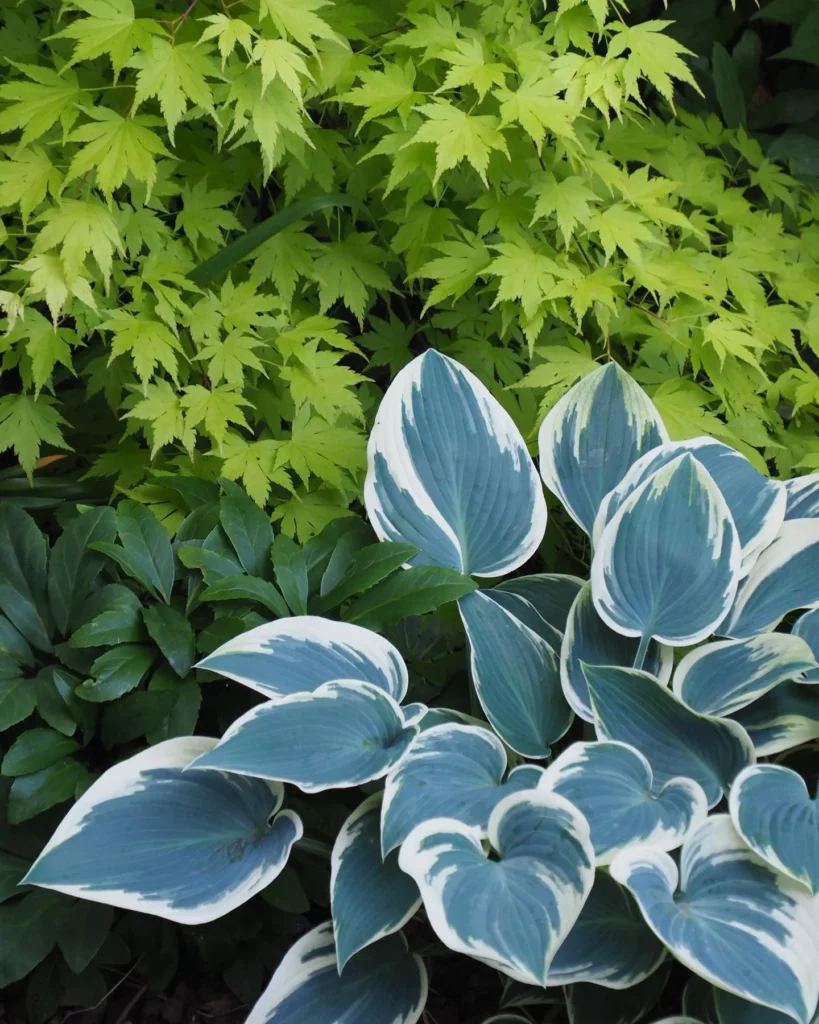
If you want to bring the beauty of Hostas to smaller spaces, container gardening is a great option. Selecting the right pot is essential for the growth and development of your Hosta. Choose a pot that’s the appropriate size for your plant, has adequate drainage, and matches your aesthetic preferences. When it comes to the potting mix, you’ll want to use a high-quality blend that has good moisture retention and aeration. We recommend using a mix of peat moss, perlite, and vermiculite for optimal results. Remember to water your potted Hostas regularly, as container gardening can dry out your soil more quickly. With the right container, potting mix, and care, your Hostas will thrive in any sized space.
Propagating Hostas for More Plants

If you want to increase your hosta collection or share these stunning plants with fellow gardeners, propagating them is the way to go. Dividing mature hostas is a simple process that can be done in spring or fall.
The first step is to carefully dig up the mature hosta and remove any soil that clings to the roots. Then, use a sharp knife or garden shears to divide the plant into smaller sections. Each section should have several leaves and an intact root system.
Before planting, cut back any damaged or excessively long roots. Then, replant the new hosta sections into a well-prepared area, spacing them appropriately to allow for their future growth. Be sure to keep the soil moist in the weeks following planting to help the new plant establish itself.
Growth and Development of Hostas
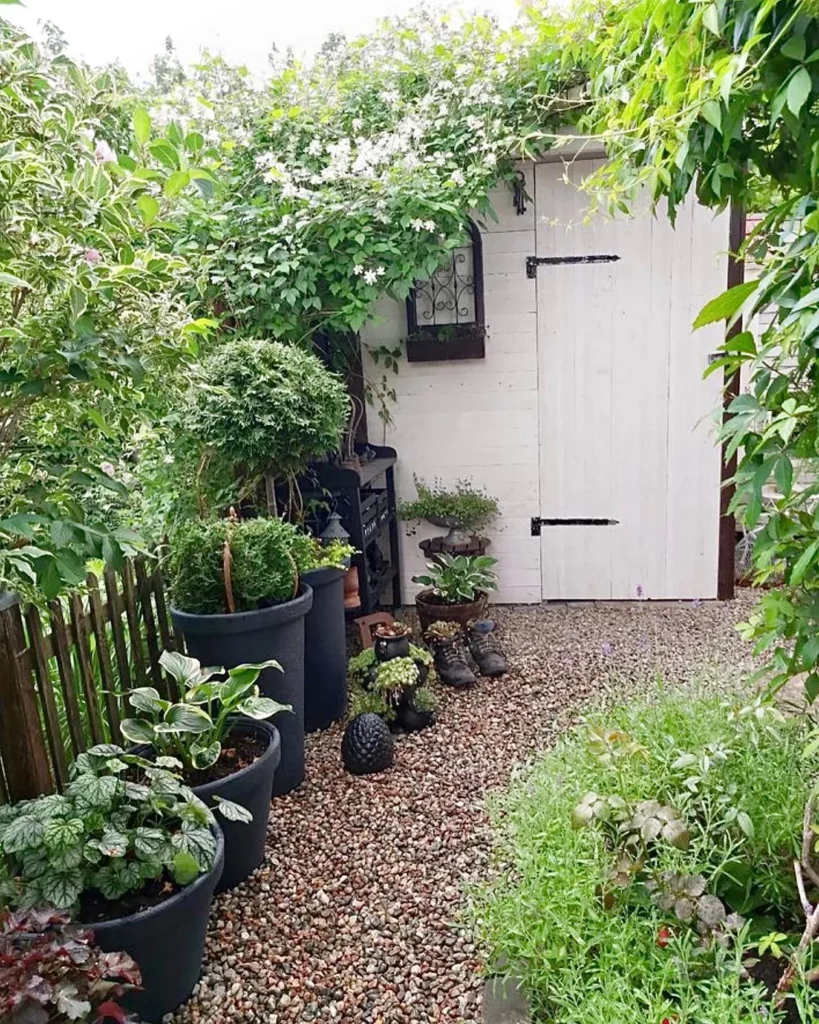
Hostas are hardy, long-lived plants that can thrive for years with proper care. Understanding the different stages of a Hosta’s life cycle is essential to ensure optimal growth and development.
During the first two years of their life, Hostas focus on building up their root system and establish themselves in their environment. During this phase, it’s essential to ensure consistent moisture levels to support root growth and development.
As they mature, Hostas will produce more leaves and foliage, usually peaking in size and volume around their fifth year. Proper watering and fertilization are crucial during this stage to facilitate healthy growth and size.
After this stage, leaf size and vigor will typically level off, and the Hosta will put more energy into producing flowers. Although Hostas are not typically grown for their flowers, they can add a lovely pop of color to your shade garden.
Whilst Hostas can live for many years, you may notice that older plants start to lose vigor, producing smaller leaves and looking less robust. If this happens, it may be time to consider dividing the plant so it can continue its growth cycle.
Addressing Pests and Diseases in Hostas
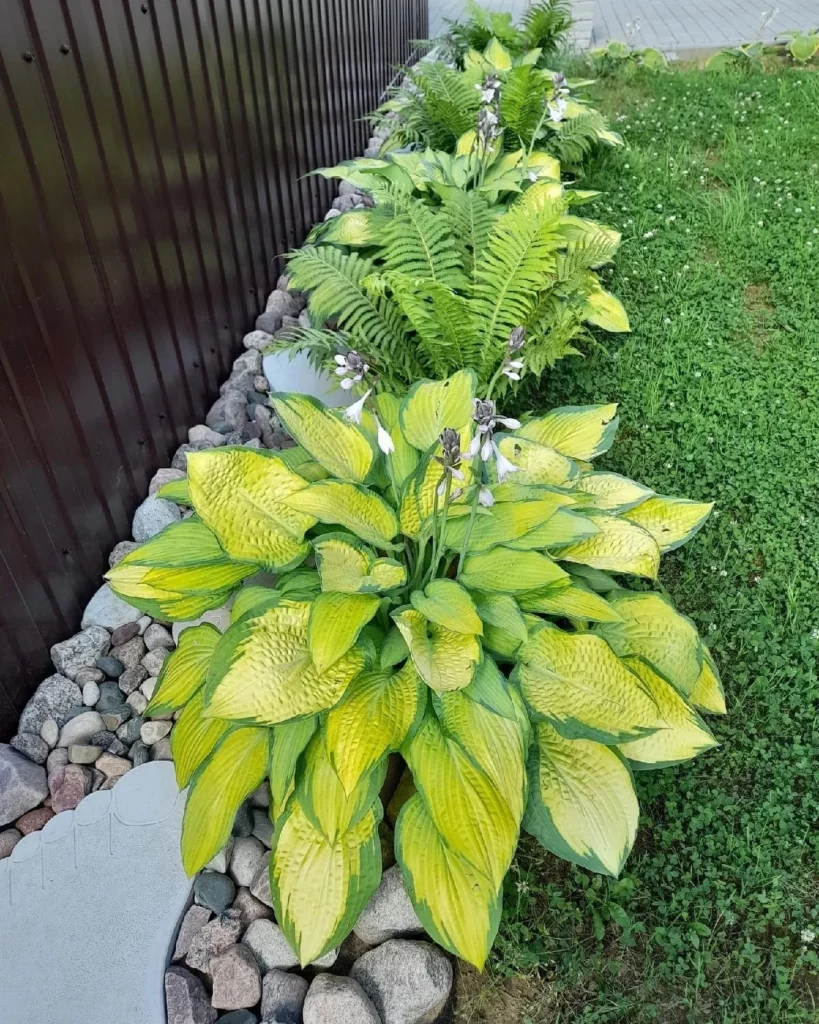
While Hostas are generally low-maintenance plants, it’s important to be aware of potential pests and diseases that can affect their growth and health. Common hosta pests include slugs, snails, vine weevils, and aphids. These pests can damage hosta foliage and stunt growth if left uncontrolled.
To prevent infestations, keep your garden and surrounding areas free from debris and potential hiding spots for pests. You can also use physical barriers such as copper tape or netting to keep slugs and snails at bay. For aphids, introducing natural predators such as ladybirds can be an effective control method.
Hostas can also fall prey to several diseases, including crown rot, foliar nematodes, and virus X. Symptoms of these diseases include yellowing leaves, stunted growth, and wilting. If you suspect your Hostas are infected with a disease, it’s vital to take action quickly to prevent it from spreading.
To control diseases, remove and discard infected plant parts and ensure proper sanitation practices in your garden. Applying fungicides or using disease-resistant hosta varieties can also help prevent the spread of diseases.
Expert Tips for Successful Hosta Care
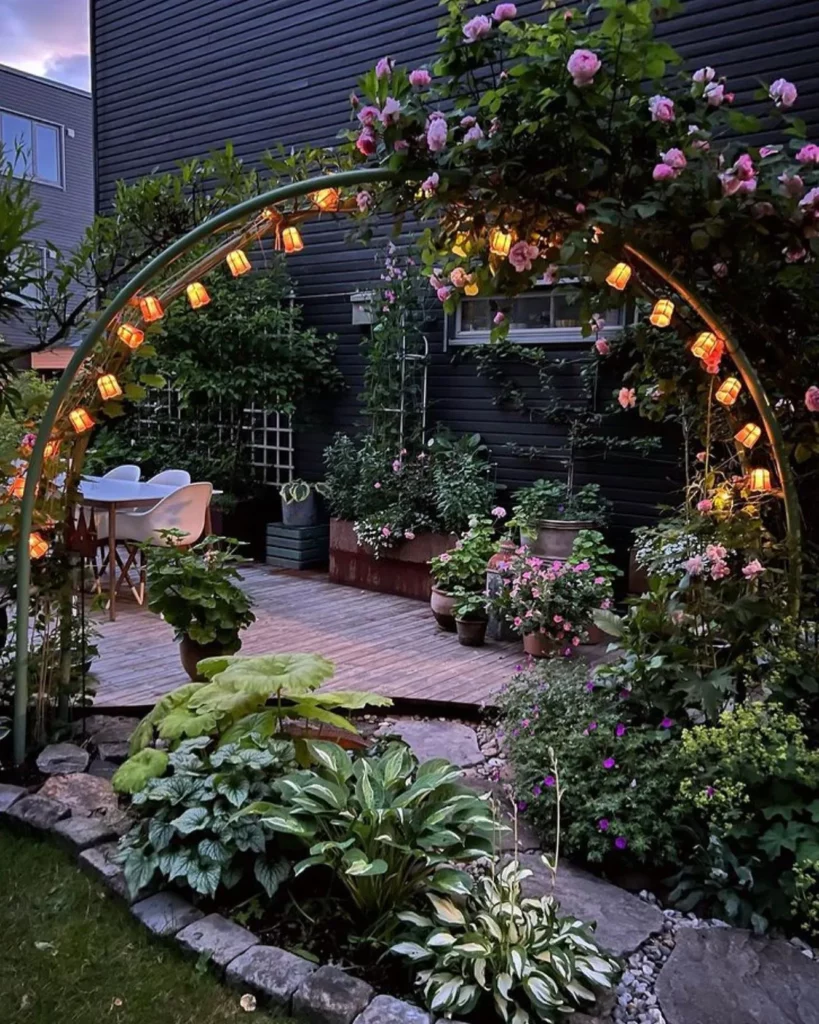
Properly caring for your Hostas is the key to ensuring their longevity and vibrancy in your shade garden. Here are some expert tips to help you maintain healthy Hostas:
1. Mulching: Add a layer of organic mulch to your Hosta bed to help retain moisture and regulate soil temperature. This also provides a natural source of nutrients as the mulch decomposes.
2. Weed control: Keep the area around your Hostas free of weeds, as they can compete for nutrients and water. Use a hoe or hand-pull weeds regularly.
3. Watering: Keep the soil consistently moist, but avoid overwatering to prevent root rot. Water your Hostas deeply once a week, and adjust based on weather conditions.
4. Fertilizing: Apply a balanced, organic fertilizer in early spring and mid-summer to provide essential nutrients for healthy growth.
5. Pruning: Remove any dead or damaged leaves as soon as possible to prevent the spread of disease. Prune back spent flowers to promote new growth.
6. Winterizing: In colder regions, Hostas may need to be protected from harsh winter conditions. Cover the plants with straw or leaves after the first hard frost.
7. Propagation: Divide mature Hostas every 3-4 years to promote healthy growth and prevent overcrowding.
8. Shade gardening advice: Consider companion planting with other shade-loving plants to create a diverse and balanced ecosystem in your shade garden.
By following these hosta care tips and shade gardening advice, you can ensure your Hostas thrive and create a beautiful, lush oasis in your shade garden. Remember to stay vigilant for pests and diseases and address any issues promptly to prevent further damage. With proper maintenance, your Hostas will reward you with a stunning display of foliage and flowers for many years to come.
FAQ
What are Hostas?
Hostas are plants known for their attractive foliage, which comes in a variety of colors, shapes, and sizes. They are native to East Asia and are popular choices for shade gardens.
How do Hostas add visual interest to a shade garden?
Hostas add visual interest to a shade garden through their diverse foliage. With leaves ranging from broad to narrow and colors from light green to variegated patterns, Hostas offer a wide array of visual appeal. Additionally, they produce beautiful flowers in various hues.
What light conditions do Hostas prefer?
Hostas thrive in shaded areas, preferably dappled or partial shade. While they prefer shade, there are also varieties that can tolerate more sunlight. It’s important to find the best location in your garden to provide the ideal amount of light for healthy Hosta growth.
How often should I water my Hostas?
Hostas require consistent moisture in the soil, but it’s important not to overwater. A watering routine that maintains optimal soil moisture without waterlogging is ideal. The frequency will depend on various factors such as the weather and soil drainage.
What types of fertilizers are best for Hostas?
Hostas benefit from regular fertilization to promote vibrant growth. Organic fertilizers and balanced nutrient formulations are often recommended. Applying fertilizer at the right time and using the appropriate techniques can further enhance the health and beauty of your Hostas.
Can Hostas be grown in containers?
Yes, Hostas can be grown in containers, making them an excellent choice for container gardening. When selecting pots, consider choosing the right size and material. Providing proper potting mix and care guidelines will ensure your potted Hostas thrive.
How can I propagate Hostas?
Hostas can be propagated through division. Dividing mature Hostas is the most common method. It’s best to undertake this task when the plants are dormant, usually in early spring or late summer. By following step-by-step instructions, you can successfully propagate new Hostas.
How long do Hostas live?
Hostas have a lifecycle that spans several years. With proper care, a single Hosta plant can live for many years. Understanding the different stages of growth and implementing effective care practices will support the overall health and vitality of your Hostas.
How can I prevent and treat pests and diseases in Hostas?
While Hostas are generally low-maintenance plants, they can be susceptible to pests and diseases. Implementing preventive measures such as proper sanitation and cultural practices can help minimize issues. In case of infestations or diseases, timely identification and appropriate treatment methods are essential.
Do you have any expert tips for successful Hosta care?
Yes, we have some expert tips for maintaining healthy and thriving Hostas. Suggestions include mulching around plants, controlling weeds, and winterizing Hostas to protect them during colder months. Implementing these tips will help ensure the long-term success of your Hosta collection.





